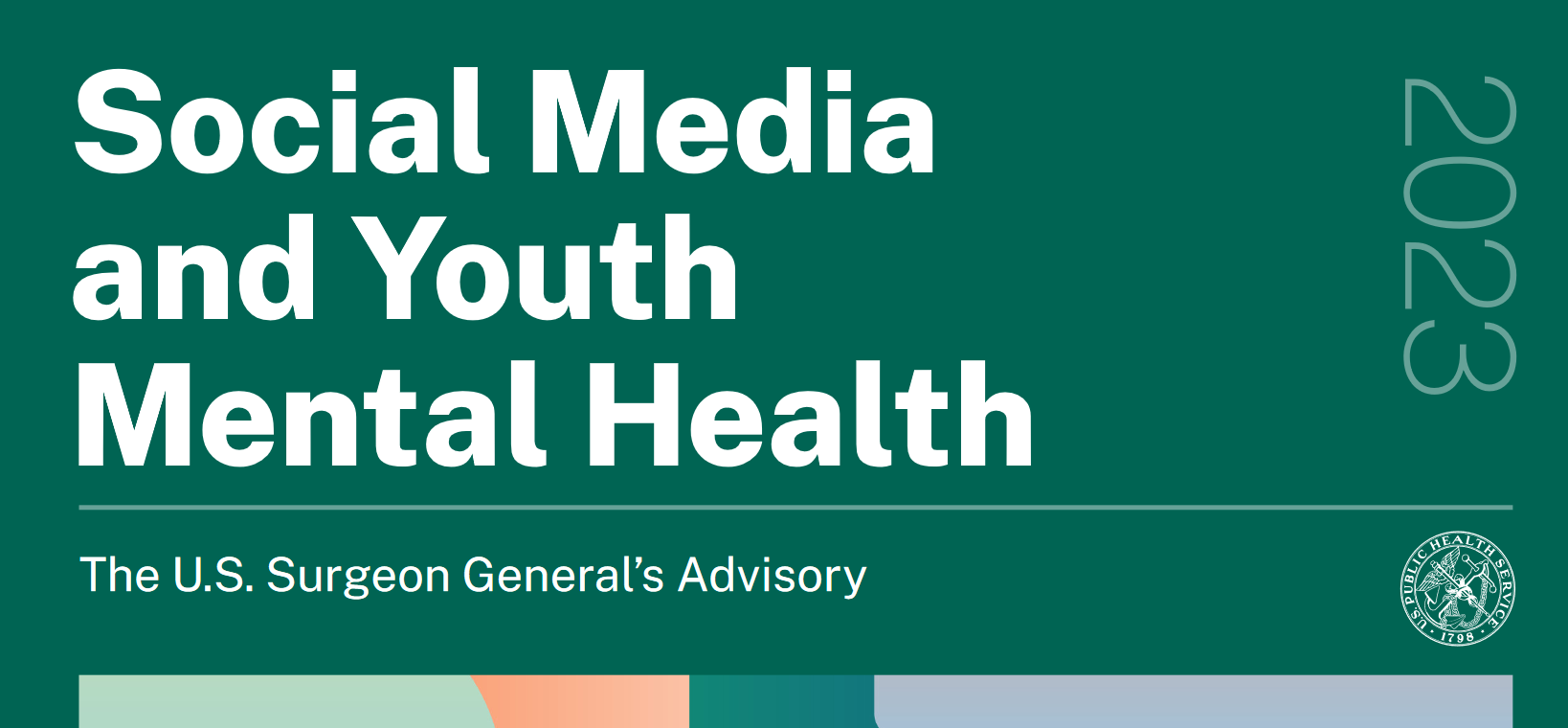LISTEN TO THIS ARTICLE:
Almost all teens and tweens use social media. One in three teenagers say they are almost always on at least one of many available platforms. The new Surgeon General’s advisory highlights the potential benefits and drawbacks of social media use in children and adolescents. The report also emphasizes the need to strengthen protections and ensure greater safety for children and adolescents on social media platforms.
Potential benefits of social media for children
Social media can provide positive community and connection. It can allow youth to form and maintain friendships online and access diverse peer groups. It also offers important social support, particularly for marginalized youth. This can be especially helpful if they live in remote areas or in surroundings that aren’t accepting of what makes them different. Social media can support the mental health and well-being of LGBTQ+ youth, help adolescents feel accepted, supported, and connected, and promote help-seeking behaviors. Additionally, social media-based interventions can serve as a gateway to initiating mental health care.

But more drawbacks…
We’ve reported before that spending lots of time on social media can lead to poor mental health, including symptoms of depression. Teens who spend more than 3 hours per day on social media face a higher risk of experiencing these negative effects. Scientific evidence also points to the relationship between social media use and other mental health concerns such as anxiety, ADHD symptoms, and neuroticism. Adolescent girls, LGBTQ+ youth, and those with existing mental health difficulties are particularly vulnerable.
Children and adolescents can easily access harmful content on social media beyond the supervision of caretakers. Social media can perpetuate body dissatisfaction, eating disorders, and low self-esteem, especially among girls and LGBTQ+ adolescents. Cyberbullying, hate-based content, online harassment and predatory adults are other major threats.
On top of all that, social media is engineered to be addicting. The constant alerts about likes, messages, videos, and posts drive people to use the apps as much as possible. This has led to concerns that companies are manipulating users for profit. This can disrupt the normal, healthy patterns of life and contribute to people using the apps in compulsive ways. It also negatively impacts sleep, attention, and self-esteem.
More research needed on social media and children
Despite how much time children spend on social media, we still lack a lot of knowledge about how it affects us. Lack of data access and transparency from technology companies have prevented good studies on social media’s impact on mental health. The research that does exist is mostly correlational and focused on young adults or adults, yielding mixed results.
Some of the major questions left unanswered include:
- How do in-person interactions compare to digital social interactions in relation to mental health? (We touched on this before when we discussed the pros and cons of remote therapy.)
- How can social media potentially harm children’s and adolescents’ mental health? How does social media use, including specific designs and features, relate to brain chemistry pathways involved in motivation, reward, and addiction?
- What types of content and level of use lead to the most harm? Which users are most vulnerable and why?
Next steps
The advisory on children’s mental health and social media lists several steps that governments, companies, parents, and children can take to protect children and adolescents on social media. Government agencies need to strengthen protections for young users. This includes establishing age-appropriate standards for technology platforms, stricter data privacy regulations, and policies that restrict access to social media for the most vulnerable groups. Crucial to this is actually enforcing age minimums.
Technology companies need to share data on the health impact of their platforms with independent researchers and the public. They should also collaborate with schools and governments to develop social media literacy programs. The goal is to enable children, parents, and educators to recognize and address online risks such as cyberbullying, threats from predators, and social media over-use. The advisory also recommends increased funding for research on the benefits and harms of social media for children, adolescents, and families.
Parents and caregivers can help protect children by establishing boundaries around social media and modeling healthy practices. They should place more emphasis on the importance of in-person relationships instead of those built entirely on social media interactions.

 Learn
Learn Read Stories
Read Stories Get News
Get News Find Help
Find Help
 Share
Share
 Share
Share
 Share
Share
 Share
Share



